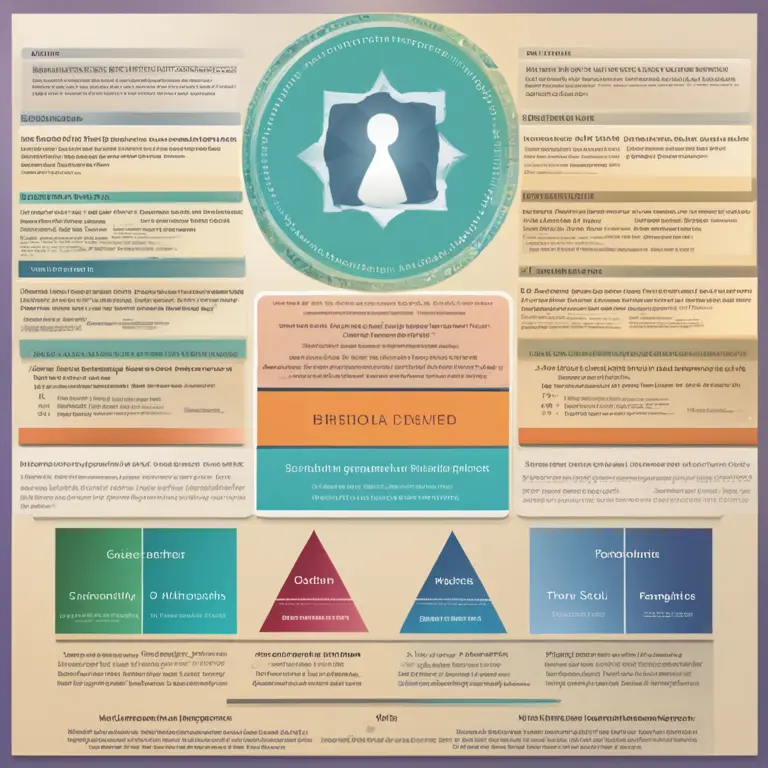
The Most Effective Techniques for Inner Peace
Discover the most effective meditation practices for achieving serenity and balance, suitable for everyone from beginners to seasoned practitioners.
article by Hina Kurosawa
Introduction to Meditation
Meditation, an ancient practice rooted in various cultural traditions, has become a cornerstone for individuals seeking tranquility in a tumultuous world. A surge in scientific research conducted in recent years has backed the plethora of benefits associated with regular meditation, leading to its increasing popularity. Different techniques suit different preferences and lifestyles, but the end goal remains consistent: inner peace and improved well-being. In this article, we will delve into some of the most efficacious meditation methods for the modern seeker.

Mindfulness Meditation
Mindfulness meditation, a practice that stems from Buddhist teachings, is widely recognized for its simplicity and profound impact on mental health. It involves maintaining an attentive awareness of our thoughts, feelings, and sensations as they occur in the present moment. By observing these elements without judgement, practitioners learn to reduce anxiety, enhance attention, and cultivate an overall sense of calm. Current studies, taking into account the stresses of contemporary life, emphasize its effectiveness in reducing workplace stress and improving emotional regulation.

Transcendental Meditation
Transcendental Meditation (TM) is characterized by silently repeating a mantra to achieve a state of relaxed awareness. Distinct in its effortless approach, TM does not require concentration or monitoring of thoughts. Ongoing research has linked TM to numerous health benefits, such as lower blood pressure, reduced risk of heart disease, and greater psychological resilience. Its structured technique and the evidence-supported outcomes make it a favorite among individuals seeking a systematic path to inner peace.

Zazen (Zen Meditation)
Zen Meditation, or Zazen, is the heart of Zen Buddhist practice. It involves sitting in an upright, stable position and focusing on one's breathing, sometimes complemented by concentration on a koan (a paradoxical anecdote or riddle). Zazen has been shown to foster stillness of mind, allowing practitioners to experience insight and enlightenment. The precision and discipline of this form of meditation make it particularly appealing for practitioners looking for a structured yet profound experience.

Guided Visualization
In a climate where anxiety levels are ever-rising, guided visualization provides a sanctuary for the mind. This technique involves the use of mental imagery to evoke a sense of relaxation and peace. Often led by a guide or through a recording, practitioners are taken on a journey through serene landscapes or calming scenarios. Research has demonstrated effective stress reduction and improvements in mood among those who utilize guided visualization, making it an invaluable tool in one's meditation repertoire.
Yoga and Meditative Movement
Yoga, Tai Chi, and Qigong are meditative practices that incorporate movement, breathing techniques, and mental focus. These forms of meditative movement have been shown to improve flexibility, balance, and strength, alongside providing mental focus and stress relief. Their capacity to synchronize body and mind offers a holistic approach to meditation that is especially beneficial for those who find stillness challenging. In 2024, these practices continue to gain momentum as people recognize their versatility and accessibility.
Heart Rhythm Meditation
Heart Rhythm Meditation focuses on synchronized breathing with the heartbeat, bringing attention to the heart center and cultivating an emotional connection to one's inner self. Research supports the notion that this meditation can improve cardiovascular health and emotional well-being. Its unique emphasis on the physical heart sets it apart and offers a tangible anchor for newcomers to meditation, promoting both physiological and psychological harmony.
Published: 1/18/2024
Modified: 1/18/2024
More predictions
Come back here soon to learn more about yourself and your future



